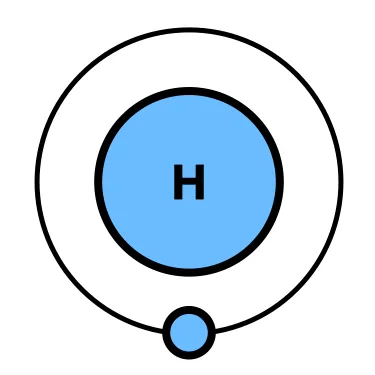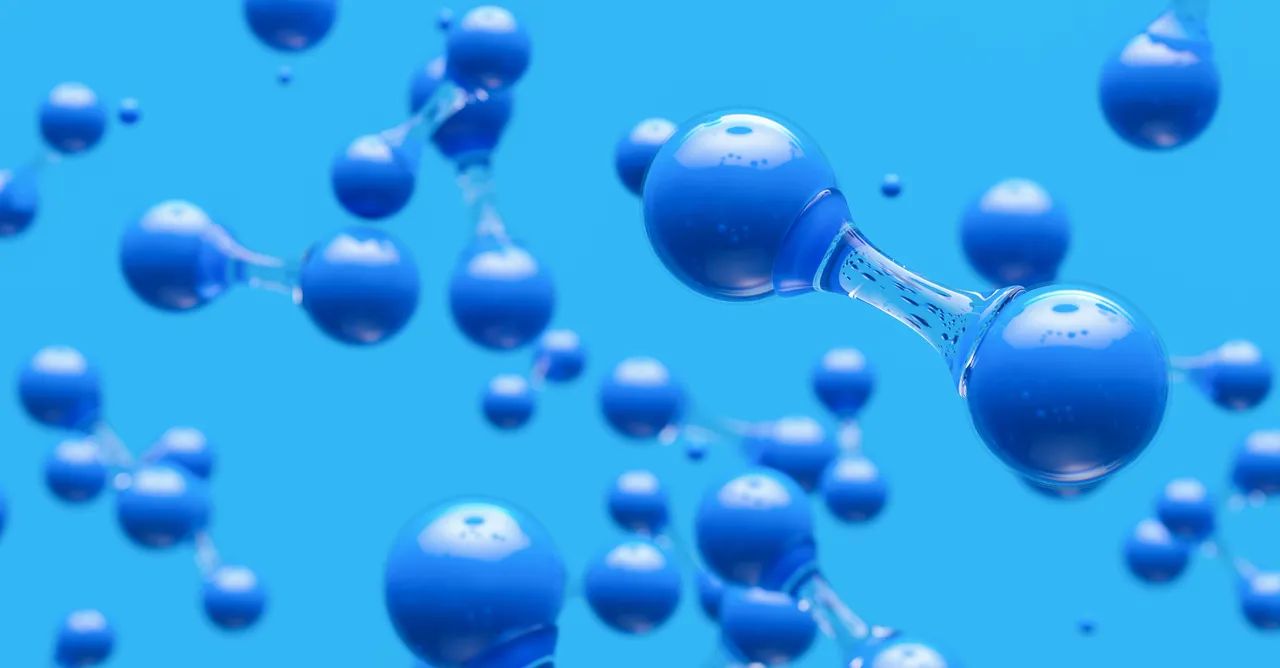When we were in secondary school, I usually draw the periodic table. In fact I drew it as part of my assignment almost everyday because it was part of my examination questions, and I didn't won't to fail my exams. In all this, I always wondered why hydrogen sat differently on the periodic table above lithium, and on top of the alkali metals.
While it is on top of this alkali metals, you would see that it is slightly distant away from other elements and even shaded differently in green and having a drop shadow looking like it was specially designed amongst all elements on the periodic table. Although hydrogen is the simplest element on the periodic table, it looks like scientists are yet to conclude on where the element should be on the periodic table.

Wikimedia
Hydrogen can be placed in different places on the periodic table but before I continue, it is important to know that the periodic table is a continuous work and it is still being worked on till date. Each elements are organized according to their atomic numbers which represents the number of proton that the atom has, as well as the number of electrons of the atom. Electrons fill up in specific patterns after which they repeat the patterns again because they are going into specific sub-shells and when the sub-shell is full the electron repeats itself.
When it comes to chemistry, electrons are everything including chemical reactions between two or more elements. So electrons in similar configurations around their atom are going to act similarly and their repeating patterns help us identify them in columns and groups. For instance, Lithium and Sodium both have one electron in their outermost subshell and that is why they are in group one. With hydrogen, there is only one electron in its shell that is enough to accommodate two electron, making it look like the alkali metals because they have one electron in their outermost shell.
If we fix hydrogen in the position of alkali metals, it isn't bad but then we can also say hydrogen can be fixed in a list of element that have their outer shell half full such as group 14 which includes carbon, silicon, tin, germnium and lead. It can also fit in the position of halogens such as fluorine, chlorine, bromine, iodine, and astatine.
Let us look at the hydrogen's relationship with these groups. First, elements like lithium or sodium that flame up in the presence of water and hydrogen doesn't act that way but then it still behaves like alkali metals in some ways which is losing their one outermost electron with a single positive charge and they react with fluorine and chlorine but it is not a metal. While hydrogen reacts with elements that alkaline metals react with, they give different result for instance Hydrogen and chlorine gives a corrosive gas, while sodium and chlorine give a tasty table salt.
When we talk about hydrogen and its similarity to halogens, Hydrogen makes negative ions such as hydride ions (H-) just like halogens CL-, and F-, it also a gas in room temperature just like all halogens. Another reason why hydrogen would fall under halogens is that they all exists in diatomic forms such as CL2, H2, F2. But unlike the halogens that receive electrons, hydrogen is ready to share its electron easily.
Another potential group for hydrogen is group 14, the carbon group. Hydrogen shares similar electronegativity with group 14 elements, participating in comparable reactions and forming analogous bonds. However, the disparity arises in the number of outer electrons, as carbon can form four bonds, unlike hydrogen.
As scientists continue to refine the periodic table, hydrogen's versatile behavior challenges traditional categorizations. Its anomalous nature serves as a reminder of the dynamic nature of scientific understanding, where elements defy strict classifications and offer intriguing avenues for exploration.
Reference
https://www.thoughtco.com/definition-of-periodicity-604600
https://themasterchemistry.com/position-of-hydrogen-in-periodic-table/
https://link.springer.com/article/10.1007/s10698-018-9306-y
https://www.reed.edu/reed_magazine/summer2009/columns/NoAA/downloads/CronynHydrogen.pdf
https://www.rsc.org/periodic-table/element/1/hydrogen
https://testbook.com/chemistry/properties-of-hydrogen
https://uen.pressbooks.pub/introductorychemistry/chapter/functional-groups-names-properties-and-reactions/
